Unless you’ve been living off the grid in a cabin in the woods, you’ve probably heard of ChatGPT. The AI chatbot was released in November 2022 and has caused quite a stir, which begs the question: what exactly can this exciting new technology do for you, your business, and your industry?
ChatGPT has diverse use cases across various sectors. It aids in personalized learning and language tutoring in education, automates customer service and generates marketing content in businesses, and enhances interactive storytelling and content creation in entertainment.
But that’s just the tip of the iceberg! In this article, we’ll dive into five popular use cases of ChatGPT. From helping users craft compelling content to assisting in refining resumes, we’ll take a whirlwind tour through all the exciting ways ChatGPT is shaking things up in many industries around the globe.
So buckle up, because you’re not going to want to miss how this AI can change the world as we know it!
Quick Background of ChatGPT
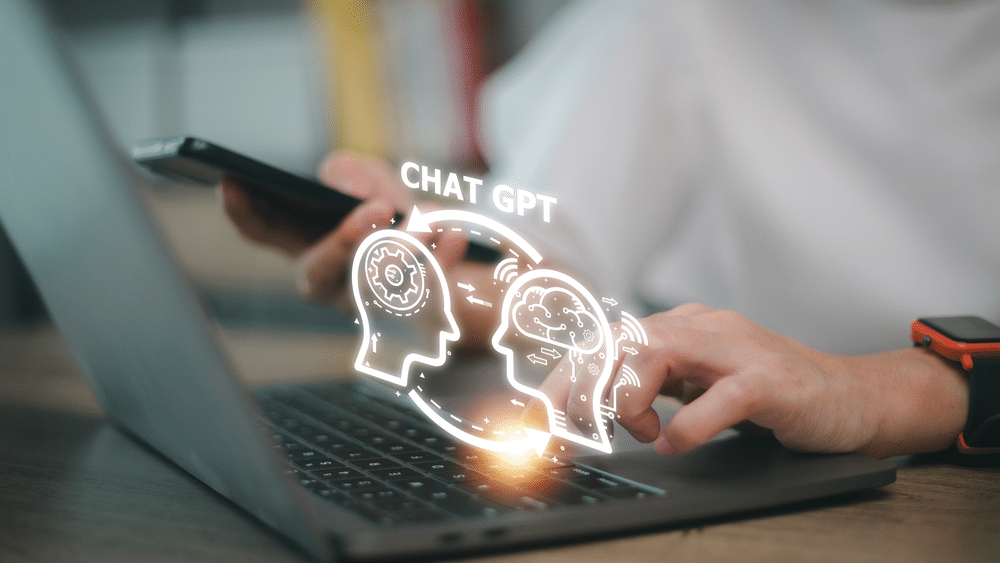
Alright, let’s get some basics out of the way first.
ChatGPT is the brainchild of OpenAI, a research organization that’s all about creating and promoting friendly AI for the benefit of all.
The GPT (short for Generative Pretrained Transformer) series is one of OpenAI’s most impressive creations. We’ve come a long way since the first GPT, and now, we’re at ChatGPT, which is even more powerful.
So, how does this AI work? Well, without getting too technical, it uses machine learning to understand and generate human-like text.
It’s kind of like teaching a child to speak, but instead, we’re teaching a computer. It learns from a massive amount of text data and then it uses what it learned to chat with us, write essays, or even come up with creative stories.
But here’s the cool part — the latest version, ChatGPT, isn’t just a parrot repeating what it’s learned. It’s more like a skilled improv artist, creatively using its natural language processing abilities to produce unique and engaging responses.
It’s that creativity and flexibility that makes ChatGPT so useful in a bunch of different applications.
Now that you’ve got the skinny on ChatGPT, let’s dive into all the fascinating ways it’s being used out there in the wild. Trust us, it’s going to blow your mind!
1. ChatGPT Use Cases in Programming
Let’s shift gears and talk about how ChatGPT is revolutionizing the way we code.
From serving as a handy coding assistant to simplifying the learning curve when picking up a new language, this AI tool is stepping up to make programming a whole lot easier and more efficient.
Let’s break down some of the ways it’s doing just that.
1. Writing Code
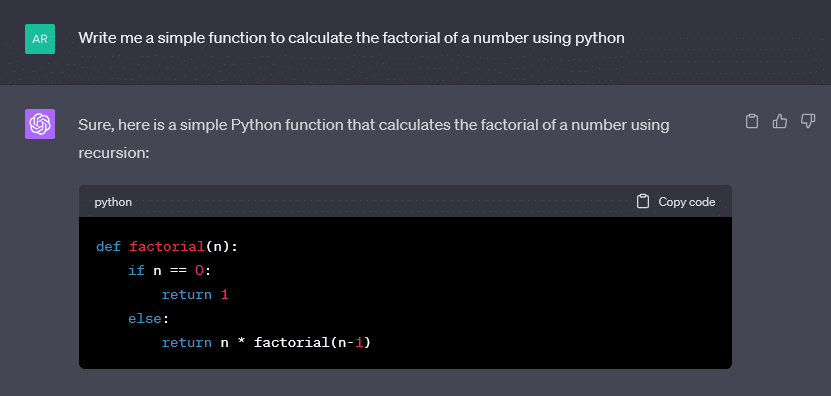
We’ve all been there, sitting in front of our computer at 2 AM, stuck on a sticky piece of code. Or maybe you just can’t seem to recall that particular syntax, no matter how hard you try and a Google search isn’t helping.
That’s where ChatGPT shines. Acting as your coding assistant, it can write code snippets for any programming language, help you navigate tricky programming hurdles, or even remind you of that elusive syntax.
Think of it as your on-call coding buddy, ready to jump in at any time of the day or night to help with repetitive tasks and provide relevant responses that beat a Google search!
2. Generating Documentation
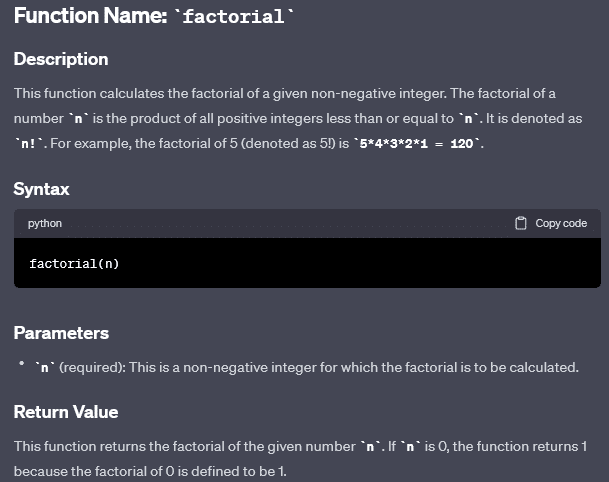
We know that documentation is the backbone of good code. It’s what makes your work understandable to others (and to you, when you look back at your code six months later!).
But, let’s face it, it’s not the most exciting part of a programmer’s job, especially if you have numerous tasks on your plate.
That’s where artificial intelligence comes in handy. It can generate clear, concise, and comprehensive documentation for your code, taking this laborious task off your hands. It’s like having your own technical writer in your toolset.
3. Reviewing Code
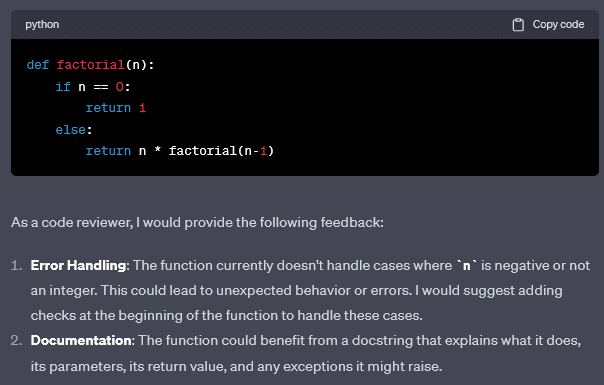
Code reviews are critical to maintaining a high quality of code. But what if you’re working late, and there’s no one around to review your code? Or maybe you’re working on a solo project?
That’s where ChatGPT comes into play. It can review your code, answer questions, identify potential issues, and even suggest improvements. Imagine having your personal code reviewer ready to help any time you need it.
4. Debugging Code
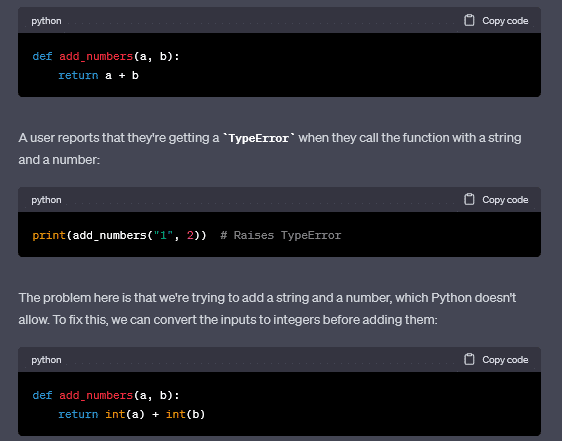
Debugging can be a time-consuming and frustrating but critical process. But with ChatGPT, you’ve got a powerful tool to help you out.
ChatGPT can go over the existing code of your software product and assist with identifying common errors, suggesting possible causes, and offering solutions. It’s like having a seasoned developer peering over your shoulder, ready to help you untangle that messy bug.
5. Learning New Programming Languages
If you’re trying to learn a new programming language, it can be quite a challenge. But ChatGPT can help to ease the learning curve.
It can answer questions, provide code examples, and even simulate coding exercises in the new language. It’s like having a personal tutor guiding you through the learning process.
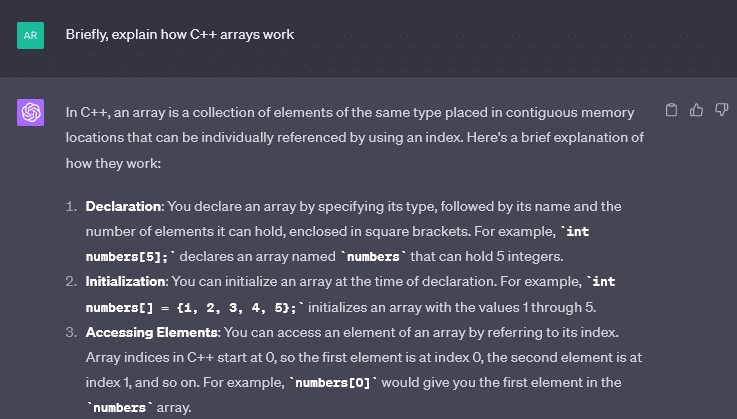
But remember, AI tools like ChatGPT, while super intelligent, are still just artificial intelligence. You must double-check its output to ensure it’s doing what you expect. You wouldn’t want a small bug slipping through and wreaking havoc later on!
But that’s enough about programming; let’s take a look at some ChatGPT use cases in education.
2. ChatGPT Use Cases in Education
Alright, time to take a look at a different scene – the classroom. Education, in all its forms, is a field ripe for AI disruption, and guess what? ChatGPT is all geared up to do just that.
Let’s explore how this AI champ is making learning more interactive, personalized, and downright fun!
1. Personalized Learning Tool
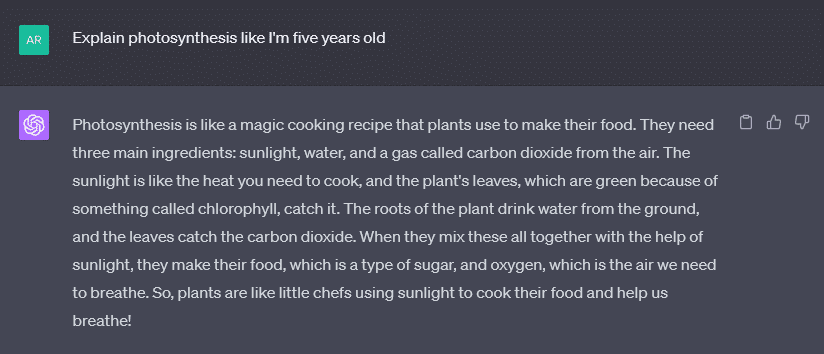
You know how some topics just don’t click the first time around? Or maybe you’re a whiz at math but could use a bit more help with history? Well, ChatGPT can step in here.
It can adjust its explanations to fit your learning style and pace. For instance, if you’re struggling with understanding the concept of photosynthesis, ChatGPT can explain it in different ways until it makes sense to you.
2. Homework Assistance
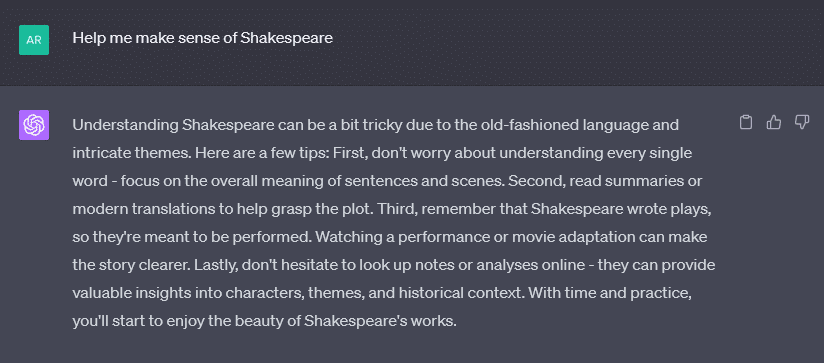
Remember those nights struggling with algebra homework or trying to make sense of Shakespeare?
ChatGPT can be a lifesaver in such situations because of its vast knowledge base trained on large amounts of data. Just pop in your question and voila! It can explain how to solve that tricky equation or decode those complex English verses for you.
3. Language Learning Aid
If you’re trying to pick up a new language, ChatGPT can be your language partner.
You can practice conversation in Spanish, translate text in more than one language, ask for the meaning of a French phrase, or even get help with your Mandarin pronunciation. It’s like having a multilingual language translation buddy right in your pocket!

So, whether you’re a student pulling a late-night study session, a parent trying to help with homework, or a lifelong learner picking up a new skill, ChatGPT is there to lend a hand.
It’s the tutor who’s always available, the homework helper who never gets tired, and the language partner who speaks every language.
That said, while ChatGPT is a fantastic tool for learning with loads of data, it’s not a substitute for a comprehensive educational curriculum or professional instruction.
Next, let’s take a look at some ChatGPT use cases in the business world.
[wpforms id=”211279″]
3. ChatGPT Use Cases in Business
Alright, let’s switch up the scenery and step into the world of business.
In an era where time is money and efficiency is king, AI has a significant role to play. And you guessed it, ChatGPT is right at the forefront, helping businesses become more efficient, customer-centric, and innovative.
So, let’s see how this AI powerhouse is changing the game in the business world.
1. Customer Service Automation
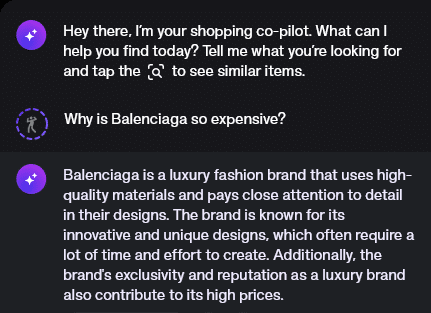
Ever waited for hours just to get a response to your simple query? ChatGPT can really make a difference with customer inquiries.
It can handle customer queries round the clock, providing instant human-like responses and freeing up human virtual assistants for more complex tasks.
For example, if a customer wants to know the status of their delivery, a chatbot powered by the ChatGPT API can instantly provide the information without any wait time and immediately answer any follow-up questions.
2. Content Generation
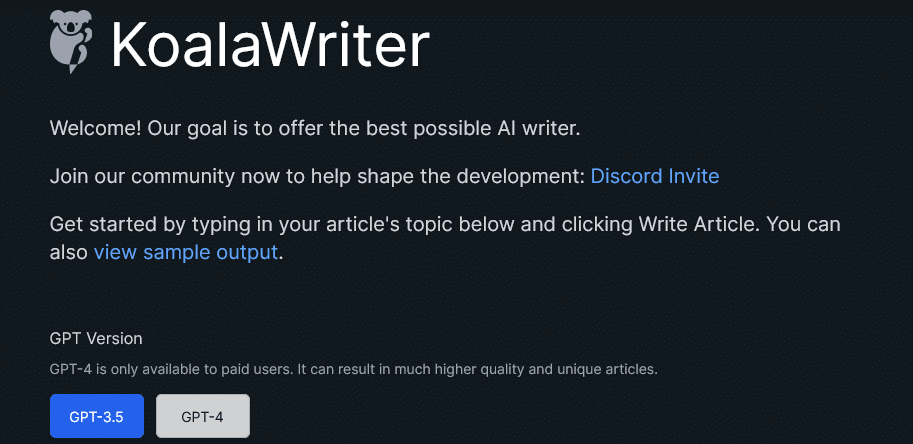
Coming up with unique ideas for engaging content consistently can be quite a challenge. But guess what? ChatGPT can generate marketing content, from catchy social media posts to compelling product descriptions.
If you’re launching a new product and are stuck on how to describe the product’s features, ChatGPT can help you craft a captivating description that highlights its features and benefits. The best part? You can use ChatGPT free of charge.
3. Market Research

Understanding your market is crucial, and this often involves going through heaps of customer data. ChatGPT can assist by summarizing reports, highlighting key trends and valuable insights, and even generating research questions for your target audience.
If you’ve got a 100-page market research report on complex topics to read, ChatGPT can condense it into a succinct summary, making your life a whole lot easier!
4. Sales and Lead Generation
ChatGPT can also play a role in sales and lead generation. It can interact with potential customers, understand their needs, and suggest suitable products or services.
For instance, if an e-commerce website visitor is looking for a winter jacket, can ask about their preferences, suggest a suitable jacket, and even lead them to the checkout page.
This is basically the premise behind Shopify’s new Shop AI chatbot, which uses ChatGPT to assist users with their shopping needs and answer customer queries.

From streamlining customer service to generating business plans, conducting market and audience research, and even brainstorming business problems, ChatGPT is redefining how businesses operate. It’s helping companies save time, improve efficiency, make informed decisions, and deliver better customer experiences.
But remember, while it’s a powerful tool, the human touch in business is irreplaceable, especially for customer inquiries. AI tools are here to assist and enhance, not replace.
In the next section, we’ll dive deep into ChatGPT use cases for content creation and look at how you can use it to craft compelling stories and blog articles.
4. ChatGPT Use Cases for Content Creation
Let’s flip the script and talk about content creation.
In a world where content is king and creativity is currency, ChatGPT is playing an increasingly crucial role. From brainstorming ideas to generating drafts and even polishing your final piece, this AI tool is ready to jump in and enhance your work.
Let’s dive into how it’s making waves in the world of content creation thanks to its ability to generate human-like responses.
1. Idea Generation
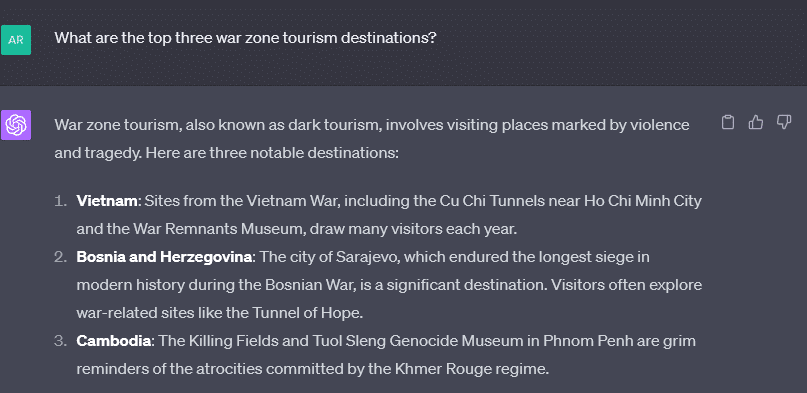
Having a creative block? It happens to the best of us. Artificial intelligence can be your brainstorming partner, helping you come up with fresh ideas for your blogs, articles, or social media posts.
For example, if you’re a travel blogger struggling to think of a new blog topic, the AI chatbot might suggest: “How about ‘Top 10 Underrated European Cities to Visit Post-Pandemic’?”
2. Drafting Content
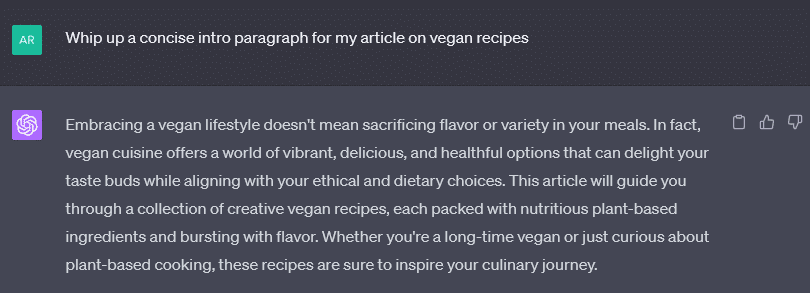
Drafting content can be a time-consuming process, but not when you have ChatGPT by your side. Provide it with a topic, and it can generate a well-structured draft in no time.
For instance, if you’re working on a blog post about vegan recipes, ChatGPT can whip up an engaging intro, list some popular recipes, and even provide tips for newbie vegans.
3. Editing and Polishing
Beyond initial content creation, ChatGPT can also help with refining your work. It can spot grammatical errors, suggest stylistic improvements, and even help with formatting.
Suppose you’ve written a short story but feel that the ending could be more impactful. You can discuss it with ChatGPT, and it might suggest a twist ending to leave your readers intrigued.
4. Personalized Content
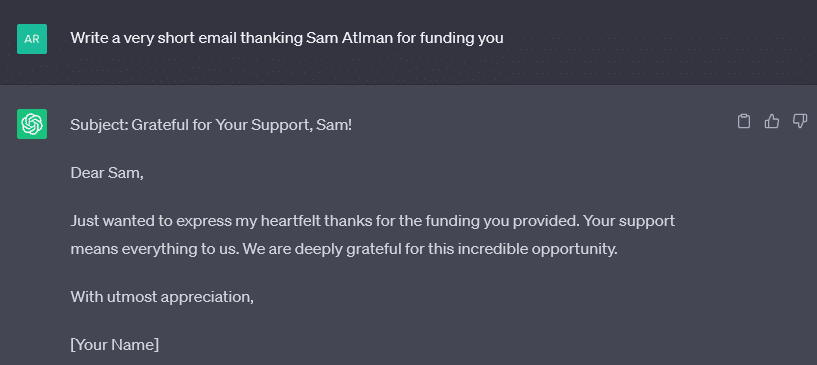
As an AI, ChatGPT can generate content for your target audience at scale, something that’s increasingly important in today’s digital marketing landscape.
Whether it’s personalized email marketing campaigns or tailored ads, OpenAI’s AI chatbot can help create content that speaks directly to the individual reader and improves the customer experience.
5. Podcast Assistance and Show Notes
Podcasting is all the rage these days, and guess what? ChatGPT can be your behind-the-scenes helper. Uses its natural language abilities to script your podcast episodes, ensuring you have a clear structure and engaging content.
But that’s not all. Once your podcast is ready to go live, ChatGPT can also assist with creating detailed show notes.
For instance, if your latest episode features a conversation about sustainable living, ChatGPT can generate a comprehensive summary, highlighting the key points, resources mentioned, and even memorable quotes.
It’s like having your own podcast production assistant, ready to lend a hand whenever you need it.

Whether you’re a professional writer looking for a fresh pair of eyes, a marketer needing personalized content at scale, or a blogger searching for your next big idea, ChatGPT is ready to help.
It’s bringing the power of AI to content creation, making the process more efficient and less daunting. Just remember, while ChatGPT is a great tool, creativity is inherently human.
Use it as a creative assistant, a second pair of eyes, or a source of inspiration. With ChatGPT in your corner, you’re well-equipped to create captivating content that resonates with your audience. Happy writing!
5. ChatGPT Use Cases for Entertainment
Let’s hit the play button and talk about entertainment. From movies and music to gaming and beyond, the entertainment industry thrives on creativity, storytelling, and innovation.
And guess who’s joining the party? Yep, it’s ChatGPT. Let’s see how this AI maestro is set to transform entertainment as we know it.
1. Scriptwriting and Storytelling

Writing an engaging script or crafting a compelling story can be a challenging task. But with ChatGPT, creators can find a helpful partner. You can bounce ideas off it, ask for character development tips, or even get help with dialogue writing.
For example, if you’re writing a sci-fi script and need a gripping opening scene, ChatGPT might suggest: “How about starting with a mysterious alien artifact landing on Earth?”
2. Music and Songwriting
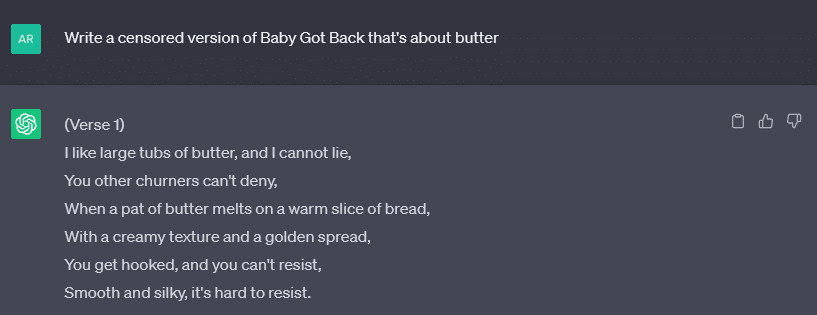
Got a melody in your head but can’t find the right lyrics? ChatGPT can lend a hand. It can generate lyrics based on a theme or emotion you provide.
If you’re trying to write a love song but are stuck on the chorus, ChatGPT could come up with something like: “In the rhythm of your heartbeat, I found my melody, in your eyes, I found my home, in your love, I found me.”
3. Gaming
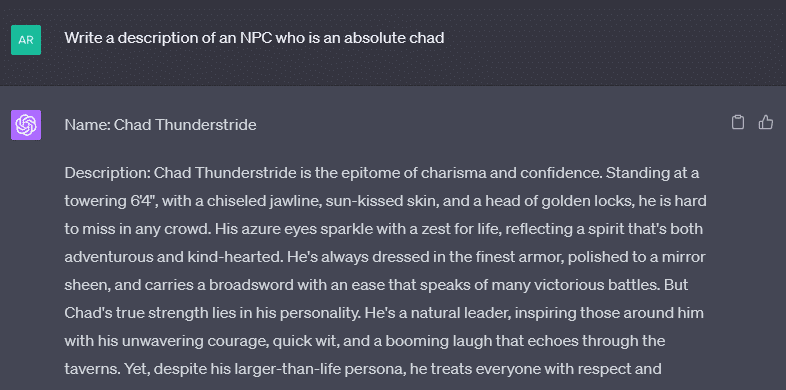
In the world of gaming, ChatGPT can be used to create dynamic and engaging narratives, breathe life into game characters with unique dialogues, or even assist in generating game levels.
For example, if you’re designing an RPG (Role Playing Game) and need unique dialogues for your non-playable characters, ChatGPT can generate a variety of lines that fit their personalities and roles.
4. Interactive Entertainment
ChatGPT can also power interactive entertainment experiences, like chatbots in immersive alternate reality (AR) games, AI characters in virtual worlds, or even intelligent assistants in escape room games.
Its ability to generate human-like text in real-time makes it an exciting tool for creating immersive and interactive entertainment experiences.
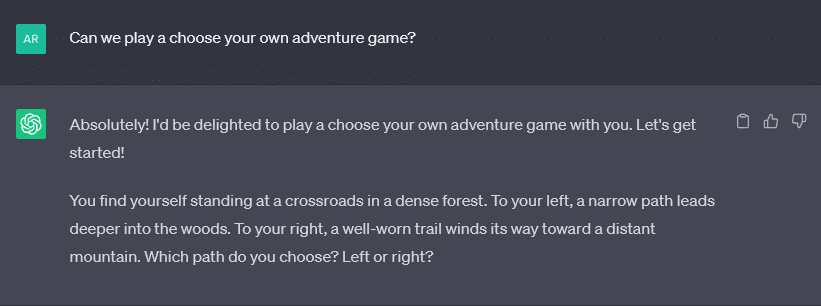
From scriptwriting to songwriting, gaming, and interactive experiences, ChatGPT is infusing the world of entertainment with a dose of AI-powered creativity.
It’s not here to replace the creative genius of human beings but to enhance it, to inspire it, and to make the process of creation more accessible.
As a storyteller, songwriter, game designer, or entertainment enthusiast, the question isn’t just what you can do with ChatGPT — it’s what you can imagine.
But no great technology isn’t without risk, so let’s take a look at some potential risks to consider when using ChatGPT in the next section.
Potential Risks to Consider When Using ChatGPT

Alright, it’s time for a reality check. While ChatGPT is undeniably impressive and has a plethora of exciting applications, it’s not all sunshine and rainbows.
As with any powerful technology, there are potential risks and ethical considerations that we need to address.
So, let’s take off the rose-tinted glasses and explore some of the challenges and concerns surrounding ChatGPT.
1. Misinformation: ChatGPT, like any AI tool, is only as good as the data it’s been trained on. It doesn’t “know” information in the way humans do, and it can sometimes generate inaccurate or misleading content. For example, if asked about a historical event, it might produce a narrative that is factually incorrect.
2. Manipulation and Misuse: ChatGPT could potentially be used for nefarious purposes. Its ability to generate human-like text can be exploited for activities like spamming, phishing, or spreading propaganda. It could also be used to create deepfake content, making it harder to distinguish between what’s real and what’s not.
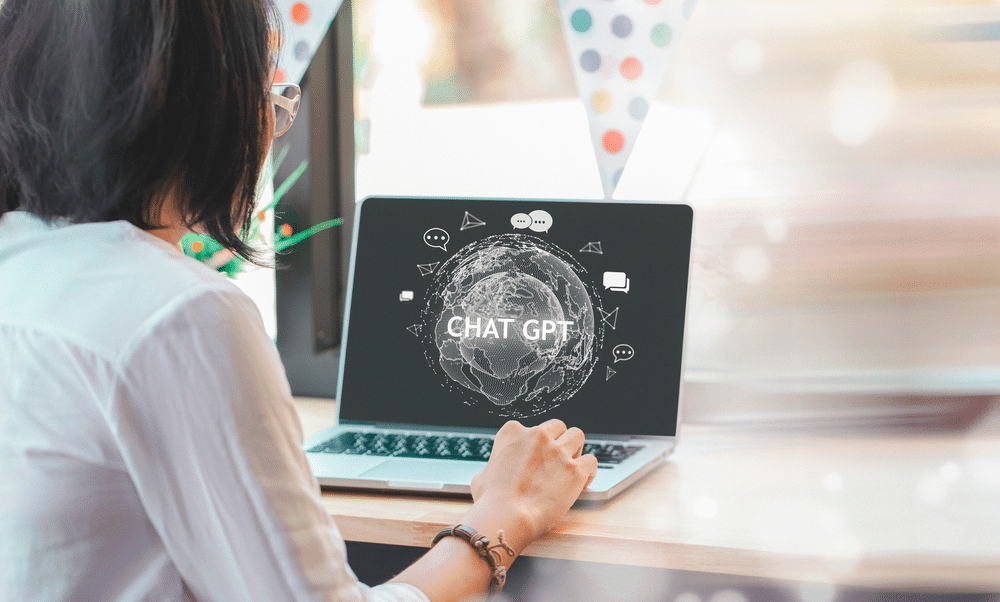
3. Lack of Contextual Understanding: While ChatGPT can understand text inputs and respond appropriately most of the time, it can sometimes miss subtleties, cultural contexts, or emotional cues, leading to inappropriate or insensitive responses. It doesn’t have real-world experience or human judgment to understand the complexity of some situations.
4. Privacy Concerns: AI systems generate responses based on patterns in the vast amounts of data they’ve been trained on, not personal data from users. However, the possibility of misuse or mishandling of user data is a significant concern that needs to be addressed.
5. Bias: As an AI chatbot, it can inadvertently perpetuate biases present in the training data. This could lead to unfair or discriminatory outputs, reinforcing stereotypes, or harmful norms. While efforts are being made to minimize and mitigate such biases, it remains a significant challenge in AI.
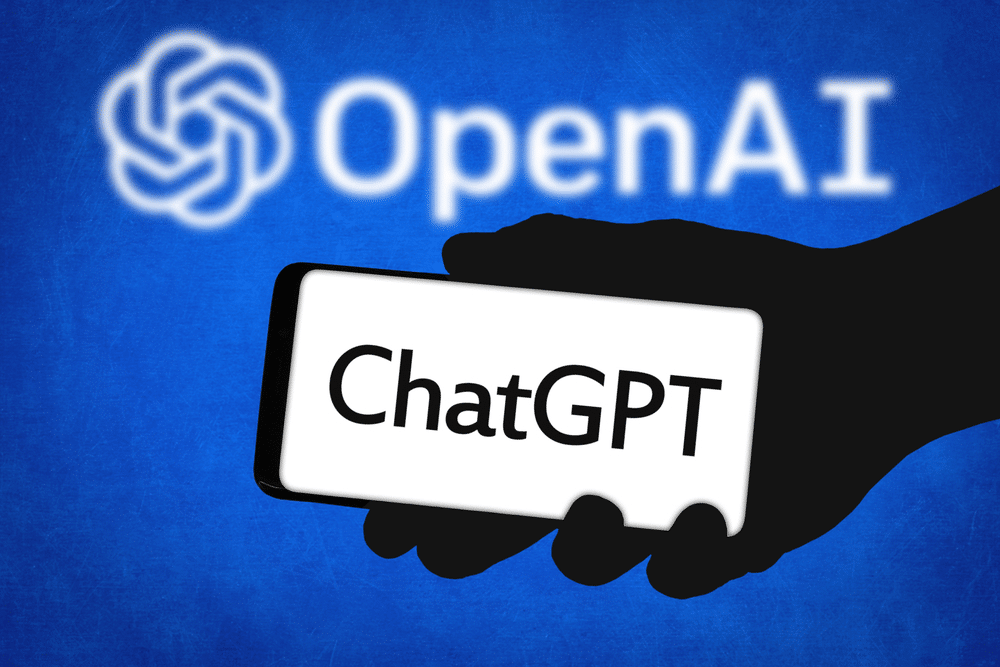
So there you have it. As amazing as ChatGPT is, it’s crucial to remember that it’s a tool, not a magic wand. It has its limitations and potential risks, and it’s our responsibility as users and developers to use it ethically and responsibly.
While the technology continues to evolve and improve, it’s essential to have ongoing discussions about its implications and to establish guidelines for its responsible use.
At the end of the day, the goal is not just to create powerful AI, but to create AI that benefits and respects us all. Let’s continue to strive for that.
Final Thoughts
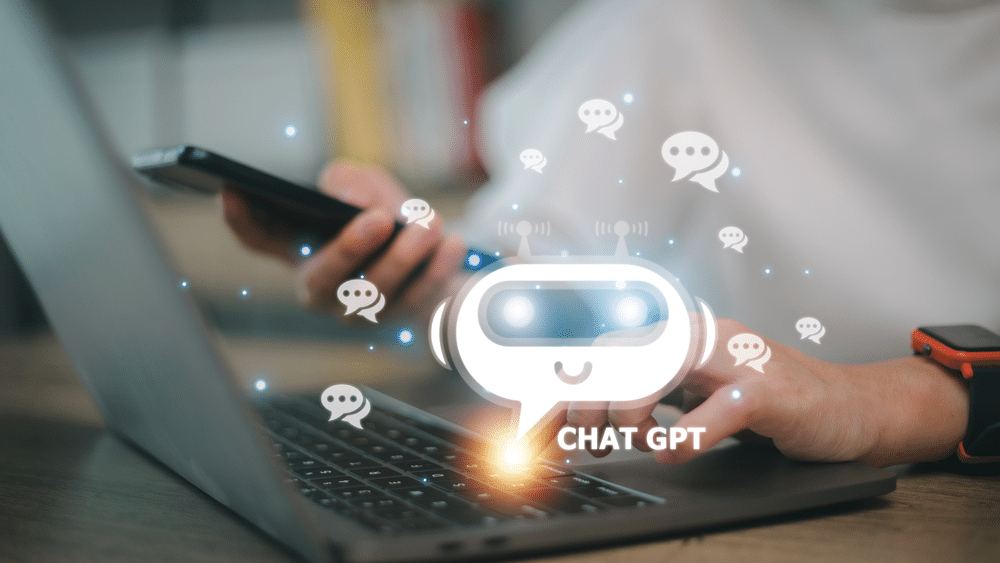
ChatGPT is more than just an AI tool — it’s a catalyst for innovation, a tool for creativity, and a partner for progress. It’s empowering programmers, educators, business professionals, content creators, and entertainers to work more efficiently and creatively.
While the journey of ChatGPT and AI at large is far from over, one thing’s clear — we’re on an exciting path, one that’s replete with possibilities and potential. And as we continue to explore and innovate, we have the power to shape this technology in a way that respects our values, empowers our creativity, and benefits our world.
So, that’s a wrap on our deep dive into the world of ChatGPT. Whether you’re a seasoned tech guru or just dipping your toes into the AI waters, I hope this exploration has sparked your curiosity and inspired you to imagine the potential!
To learn more about how you can integrate ChatGPT into your workflow, check out the video below:
Frequently Asked Questions
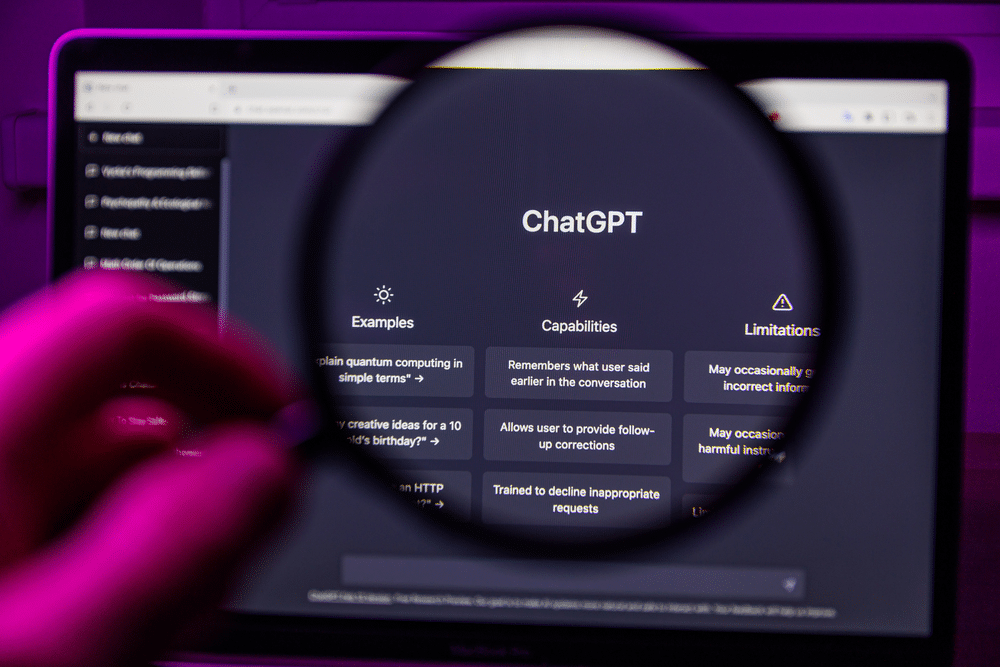
What are the different ways you can use ChatGPT?
ChatGPT is a versatile tool that can be used in various applications, such as generating and helping to improve prose and code development, summarizing text, classifying content, answering interview questions, translating and converting language (including programming languages), assisting with academic writing, providing real-time guidance for customers in industries, and content creation, including website, blog, and social media posts.
Can ChatGPT be used in the edTech sector?
Yes, ChatGPT has potential applications in the education technology (edTech) sector, such as assisting students with their academic writing and research tasks, answering frequently asked questions and offering guidance on subject matter, and providing insights for teachers and educators to create engaging learning material
How can I use ChatGPT for content creation?
ChatGPT can be used for generating high-quality content across various industries. Some examples include product descriptions, blog posts, social media updates, drafts for business ideas, long-form content, and marketing and advertising copy.








